Managing Emotions
Guiding toddlers in managing emotions and anxiety is knowing how to respect feelings without empowering fears.
Managing emotions and managing anxiety both share the same goal.
The goal is NOT to eliminate feelings of being scared, anxious or sad, by removing the triggers, it’s about learning to manage them.
Giving children the tools to pivot their thinking when their emotions become
“Big emotions”, boosts a child’s resilience and confidence game to
manage many situations in their everyday life.
Modelling healthy ways for anxious children
There are multiple ways you can help children handle anxiety by letting them see how you cope with anxiety yourself.
Children are perceptive, so let them witness you feeling stressed but then managing it calmly, tolerating it, feeling good about getting through it.
Here are a few tips to assist them:
- Manage it, but don’t eliminate it. It’s not about removing stressors that trigger it, it’s learning to tolerate it and move through it.
- Don’t avoid situations. it makes them feel better short term but reinforces anxiety in the long term.
- Express positive but realistic expectations. Express confidence that no matter the situation, they will be okay. They will be able to manage it, and as they face their fears, they are getting stronger. The confidence you express, also fills them with confidence they can handle anything.
- Respect their feelings but don’t disempower them. Validation doesn’t always mean agreement. Don’t belittle their fears but also don’t amplify them.
- Don’t ask leading questions. Encourage your child to express their feelings without you asking leading questions like “Are you anxious about the test” instead, ask open-ended questions like “How are you feeling about the test?”. Otherwise you could be feeding the cycle of anxiety.
- Don’t reinforce their fears. If a child has had a negative experience, be mindful not to to feel anxious next time they are faced with the same situation. It will unintentionally send a message that they should be worried or scared.
- Encourage the child to tolerate their anxiety. Keep giving them contact with the stressor that triggers the anxiety to teach them how to tolerate it and over time, the stressors will diminish.
- Keep the Anticipatory period short. A rule of thumb is to shorten the notice time to a minimum so instead of launching the discussion 2 hrs before the dentist appointment, tell them on the way there. They have less time to feel anxious about it; and
- Think things through with the child. It helps to talk through what would happen if a child’s fear of not being picked up came true. Talk through scenarios of what they could do.
Todays lesson on resilience
We began todays lesson by gathering on the mat and going through our robot emotion cards
to identify how we are all feeling. We had a wide range of emotions from happy to surprised.
After being able to identify emotions we read the “Moody Cow Meditates” book by Kerry Lee Maclean.
The book takes us on a journey of Peter cow and how his rotten day, which went from bad to worse earned him the name of “Moody Cow”. Not even his mother could shake his mood, so he was sent to visit the one person who could…his grandfather. After listening and validating ‘Moody Cows’ rotten day, grandfather showed him the mind jar to help settle his angry thoughts.
The water in the jar represents our minds natural state and the glitter represents our thoughts. So for every angry or sad thought,Moody Cow put a pinch of glitter into the water. Once he had released all his thoughts, Grandfather put the lid on the jar and shook the mind jar of emotions and together they sat in silence and breathed slowly while they watched the sparkles settle to the bottom. By the end of the exercise Moody cow was calm and happy and wanted to take the jar home with him, so he could add more thoughts when he needed to.
Everybody enjoyed this story so much we decided to work together as a class to create our own Moody Cow Mind Jar.
Meditation Mind Jar
To create your own mind jar you’ll need:
- A jar with a secure lid ( not too big);
- Warm tap water to fill the jar 3/4 full;
- 4 drops of liquid soap ( soap helps lower the surface tension, so glitter doesn’t sit on top);
- sparkles or glitter ( finer ones work better); and
- glycerin ( optional) This thickens the water to slow the speed of the sparkles falling.
We began our activity by pouring in the water. Each child took a turn to gather their moody thoughts and with a pinch of the glitter released the negative thoughts into the water.
After all the children had a turn we placed the lid on the jar and gave it a good shake to see all the sparkles spinning and rushing around like our upset or busy minds.
The jar was placed in the middle of the circle, so all the children could observe the sparkles settle to the bottom of the jar, whilst practising our slow breath in and our slow breath out.
As we watched the sparkles settle our thoughts settled too.
This technique for calming the busy mind and for releasing temporary emotions is a fun and clever way to redirect focus and help children change their brain waves through breath work. It’s also an engaging activity for children to facilitate on their own if they are trying to manage their big emotions and thoughts.
That’s all from Miss Natarsha, Miss Lauren and the Gwongs
Also please follow our Facebook and Instagram Pages and stay up to date


